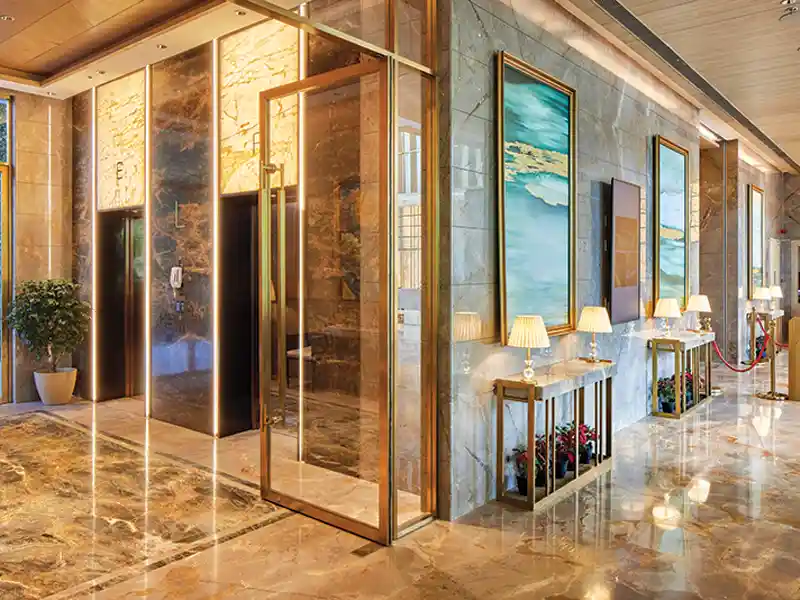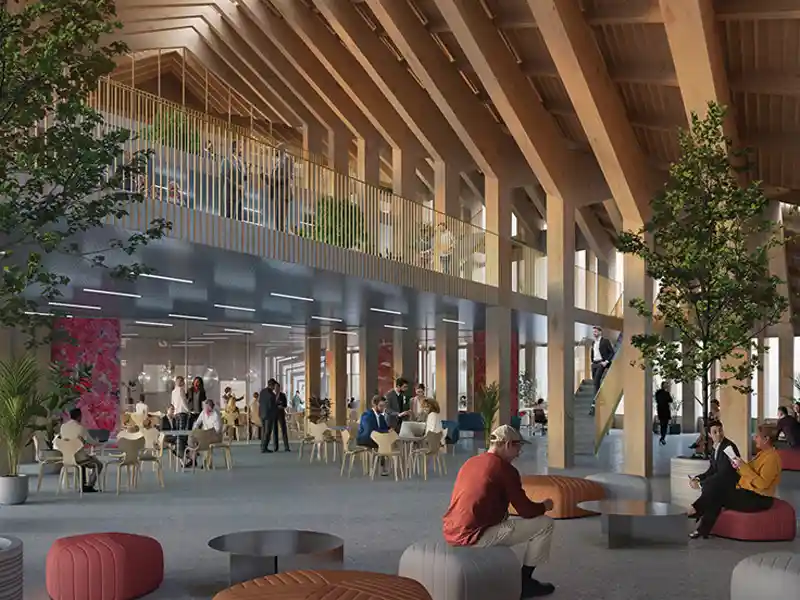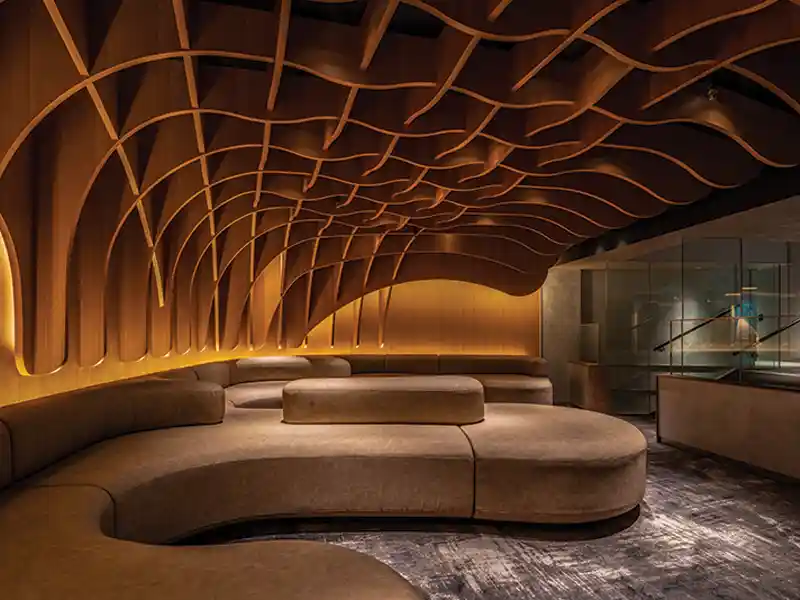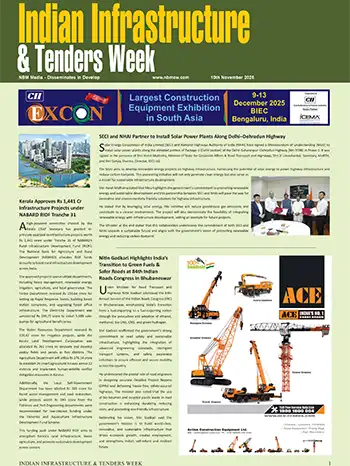
The contemporary market for architectural services pulsates with energy and competition. In an era dominated by social media and global connectivity, patrons are propelled by a fervent desire to distinguish their projects and capture the attention of prospective buyers. This quest for uniqueness has birthed a demand for theme-based developments that transcend the mundane. However, as architects, it’s crucial for us to critically assess the relevance of these trends, ensuring they are more than just superficial selling points.
As urban areas face increasing density, it’s imperative to prioritize the creation of thoughtfully designed public spaces that foster social connection, leisure activities, and community involvement. As architects, we are taking on the challenge of revitalizing parks, plazas, waterfronts, and other communal areas to enrich the urban experience and elevate the quality of life for residents.
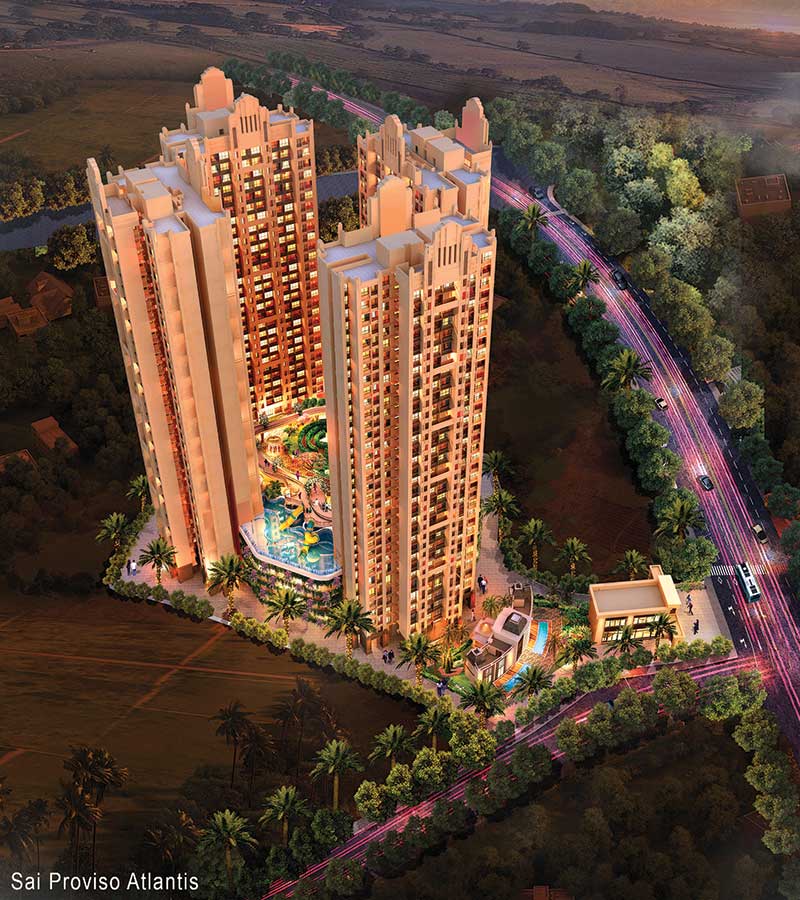
With more and more construction going high-rise, construction technology is rapidly adopting the aluminium formwork systems for structural and non-structural walls, resulting in overall sleeker structural members, faster construction cycles, and quality control. This type of construction uses higher grades of concrete, which were earlier not very commonly used. While aluminium formwork promotes sustainability through reusability, concerns linger regarding its embodied energy and long-term ecological footprint. But at present, this seems to be a viable construction technology considering its acceptance with respect to the commercial viability.
In an age of heightened environmental consciousness, regulatory bodies play a pivotal role in ensuring accountability and sustainability within the built environment. The Real Estate Regulatory Authority (RERA), with its stringent guidelines and enforcement mechanisms, serves as a guardian of consumer rights. Most of our projects fall within the purview of the MOEF, hence undergoing rigorous scrutiny to mitigate their ecological impact. Yet, true environmental responsibility extends beyond paperwork and clearances—it necessitates active engagement and collaboration among all stakeholders, from developers to end-users.
Recognizing our limited control over certain aspects of project implementation, as architects committed to sustainability, we like to advocate for and oversee the execution of environmentally conscious practices on the ground, despite the challenges we may face. Good architecture, ultimately, is a balancing act! It strives for design excellence, fulfils clients’ aspirations and is sensitive to environmental concerns.

